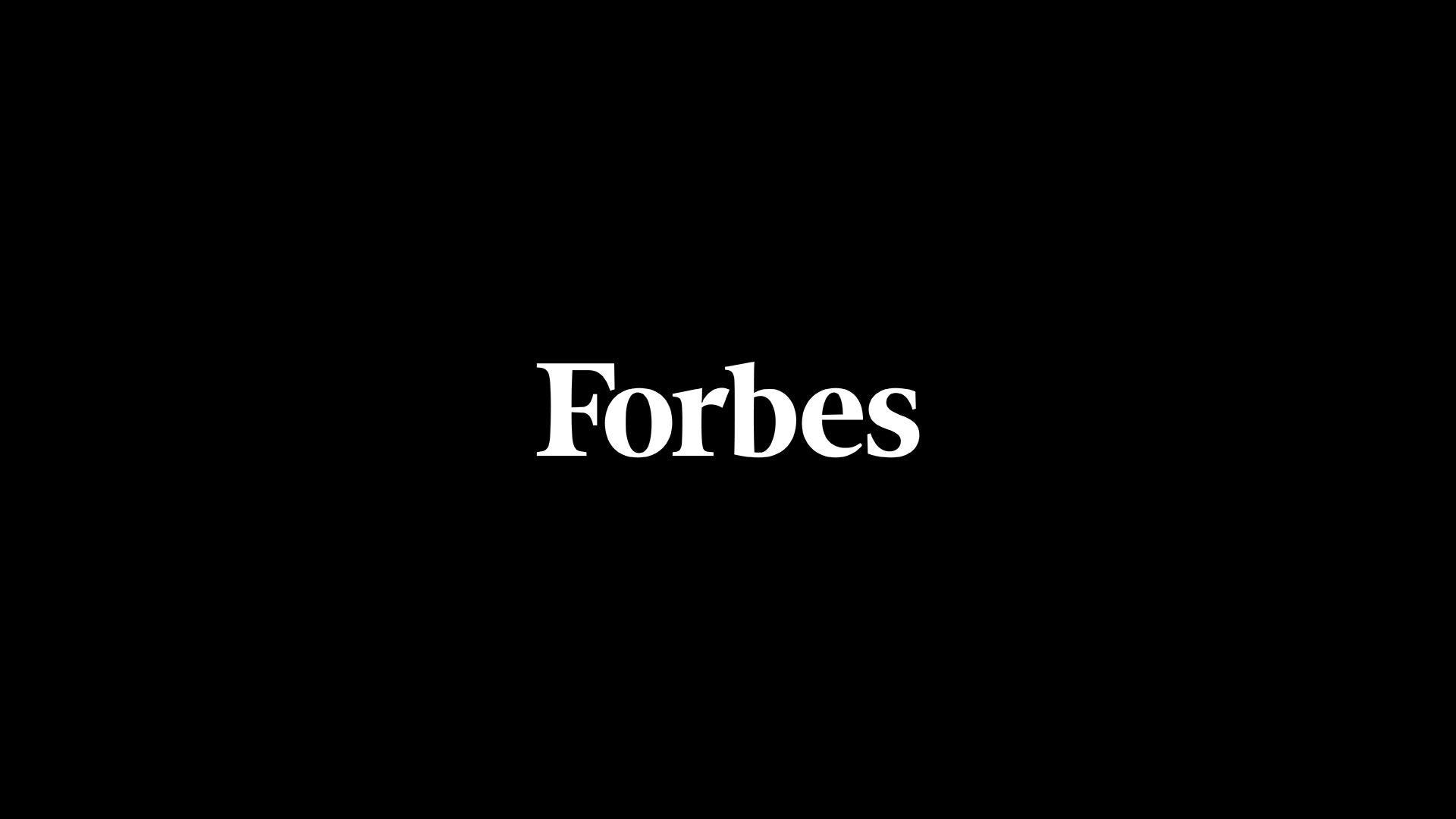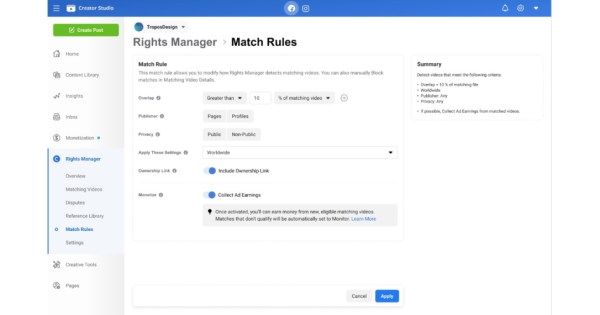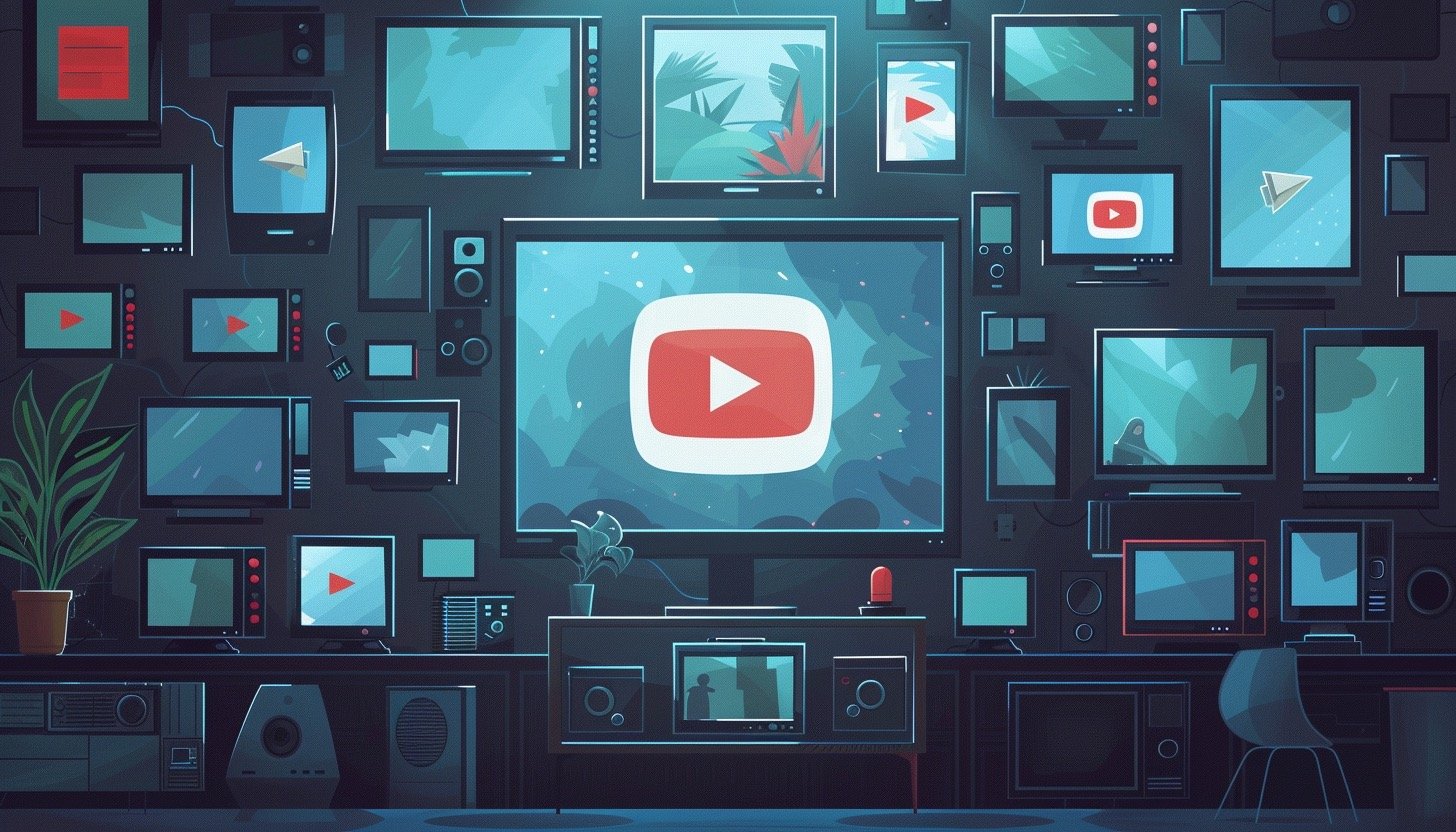Amid its various other issues related to data security, adherence with evolving regulations, and connection to the Chinese Government, TikTok is also facing another challenge as it continues to grapple with its meteoric growth – ensuring that its top stars get paid for their efforts in the app.
Short-form video monetization presents unique challenges, because you can’t directly monetize via in-stream ads, as you can with longer content. A major risk for TikTok, then, is that its top creators will eventually work out that they can make a lot more money by posting to YouTube or Instagram instead, where there are more direct revenue options.
TikTok’s been trying to come up with better solutions on this front, and last year, it launched its Pulse advertising initiative, which enables advertisers to place their ads alongside content from top creators in the app, with creators and publishers that have over 100k followers able to apply to the get a cut of the revenue from these Pulse ads.
Which seems like a potentially viable pathway to greater revenue share. But apparently not.
As reported by Fortune:
“In interviews Fortune conducted with seven TikTok influencers, all of whom had followings of at least 100,000, all shared confusion about their enrolment in the program and none reported earnings exceeding $5.”
Yes, $5. Barely worth the effort of enrolling.
The reports once again highlight TikTok’s challenges in this respect, and with YouTube also launching its new short-form video monetization program, which will enable Shorts creators to get a cut of the total revenue generated by Shorts ads, these insights come at a less than ideal time for the app.
Though we don’t know what YouTube’s going to be paying out via its Shorts initiative, which officially gets underway next month. Some creators are urging others to keep their expectations low – though even if YouTube’s Shorts rev share program doesn’t end up being highly lucrative, YouTube can also offer its Partner Program, which has made many creators into millionaires.
Indeed, YouTube pays out, on average, around $10 billion per year to creators, and rising, so while its Shorts initiative may be unproven, it can also use Shorts as a pathway into its bigger revenue generation program, offering more opportunity for creators.
TikTok doesn’t have anything anywhere close to this. And while it is working to add in brand partnership programs and eCommerce integrations, all of these require additional effort on the part of the creator, who, on YouTube, can just concentrate on making great videos.
It’s a key challenge for TikTok, and the element that eventually saw Vine die out.
At the peak of Vine’s popularity back in 2015, a group of creators asked the company for a bigger share of revenue, or they’d take their talents elsewhere. Vine, and parent company Twitter, refused, mostly because it didn’t have a solid revenue stream for Vine clips, and those creators, including the Paul brothers, King Bach and Amanda Cerny, all moved to other apps instead, taking their huge audiences with them.
The same could happen to TikTok. And while TikTok is less reliant on ‘stars’ as such, due to the way its algorithm works, in showcasing the best content from across the app, regardless of who posted it, it would still be a big blow if its top creators jumped ship.
It’s another concern for the platform, which, as noted, is already dealing with several potential crises that are simmering in the background. The US Government is considering a ban of the app, the EU has warned TikTok to lift its game, and more people are now raising concerns about the negative influences of the app.
TikTok is undoubtedly the social app of the moment, and the leader of many key trends and cultural shifts. But its future is hard to predict.
On balance, and given the billions of ad revenue at stake, you would assume that TikTok and Co. will be able to work things out, one way or another. But there are various concerning signs, with creator monetization just another piece in the jagged puzzle.
Is there another way for TikTok to funnel ad revenue to creators? Will it even want to do that? Reports have suggested that TikTok’s parent company ByteDance is not overly keen on paying out more money, and with that in mind, is there another pathway, aside from Pulse, that can help to provide a comparative compensation program for the app?
Also, for current Pulse creators, surely the recently reported presence of an in-house mechanism for amplifying clips is a concern, in regards to how TikTok actually pays out money, based on performance.
There are many questions and concerns, which could eventually see TikTok lose momentum, as more top creators look to greener pastures.









